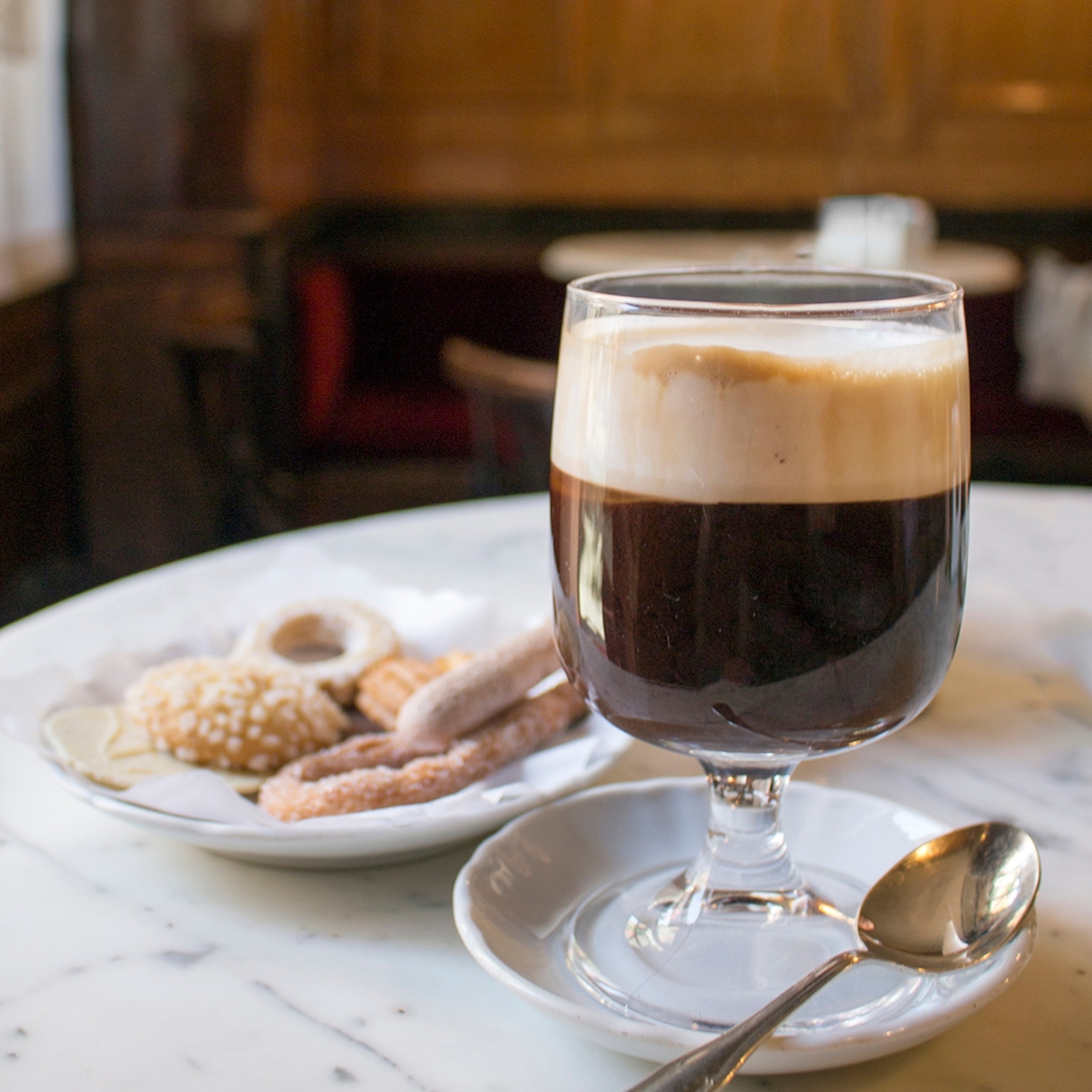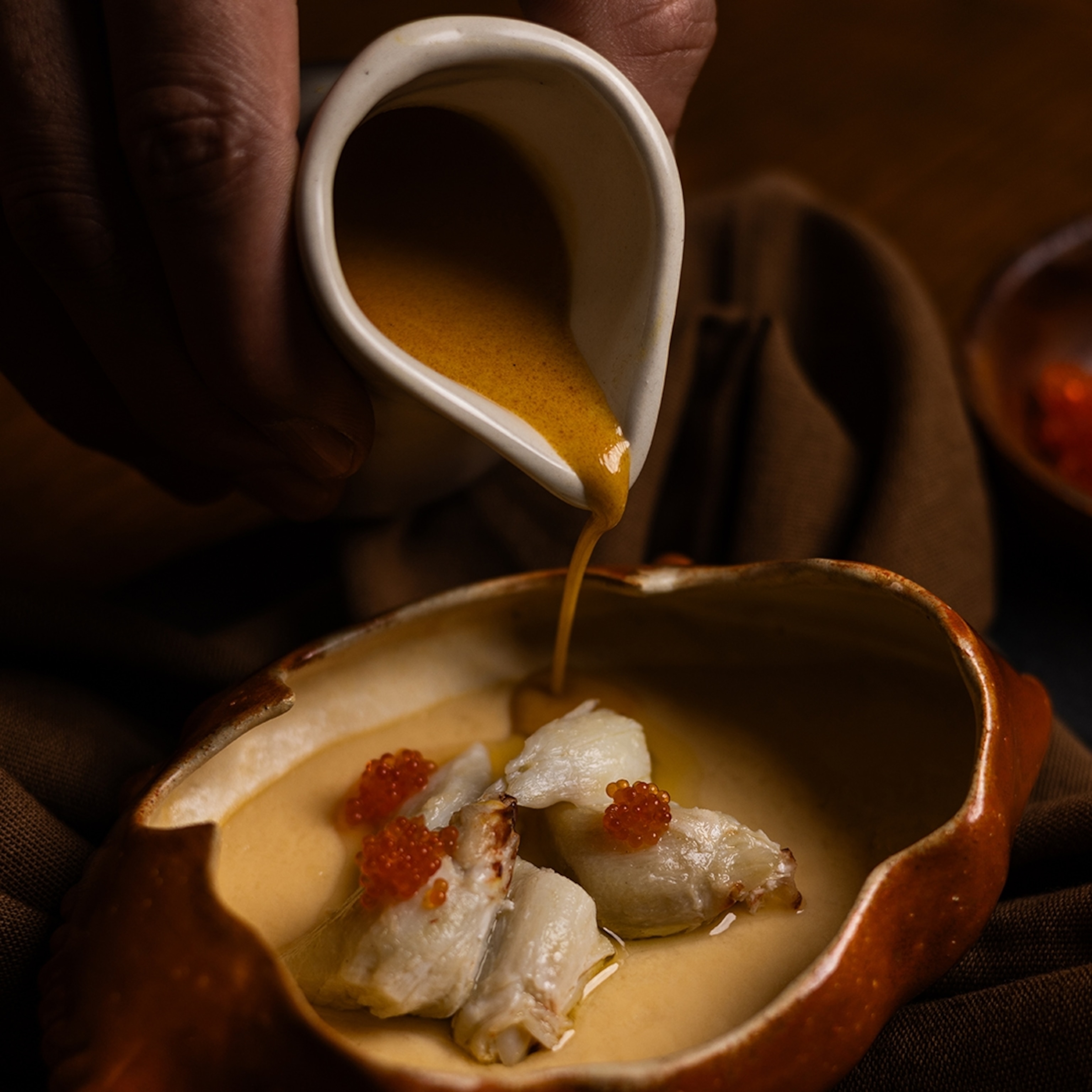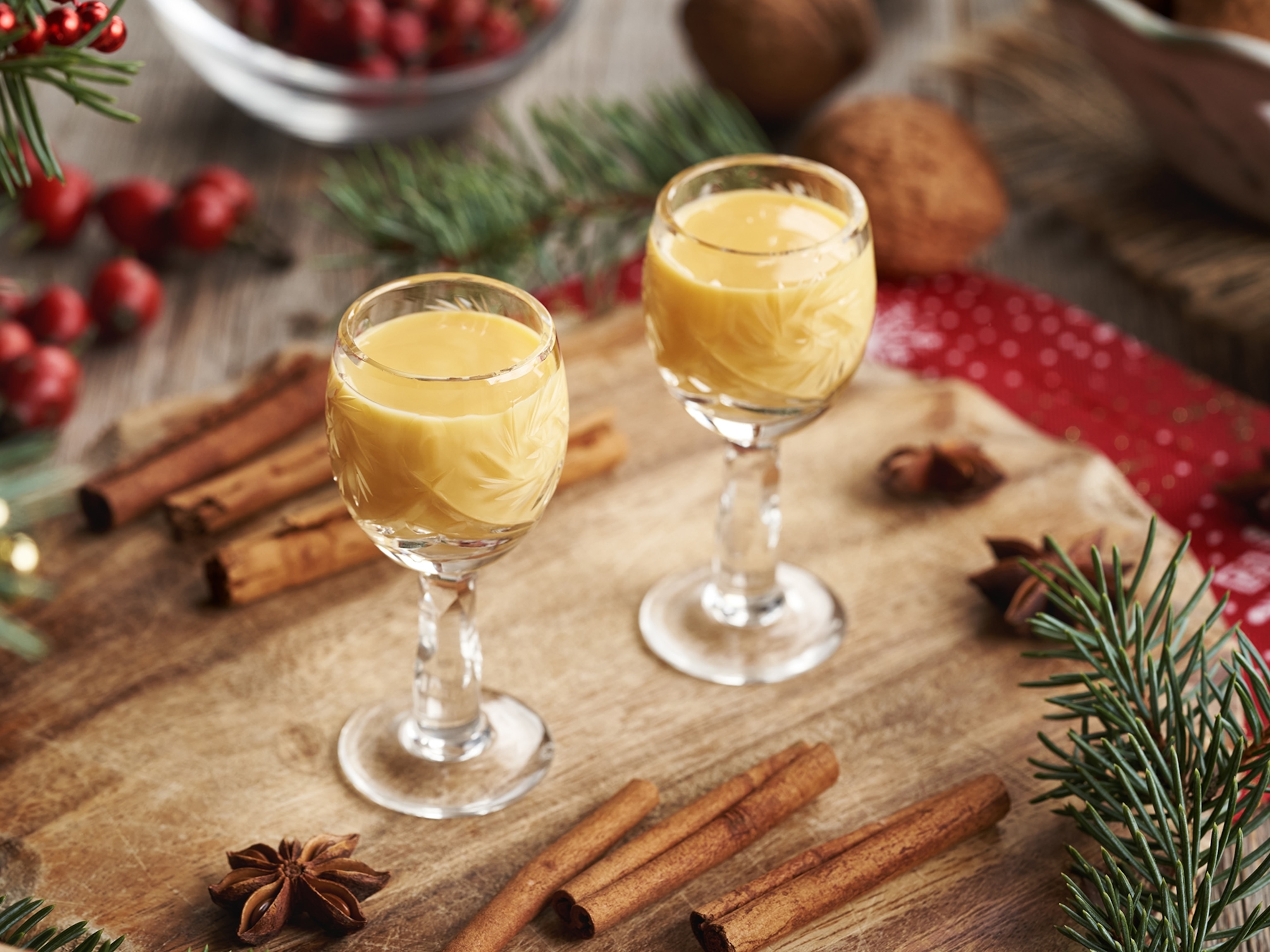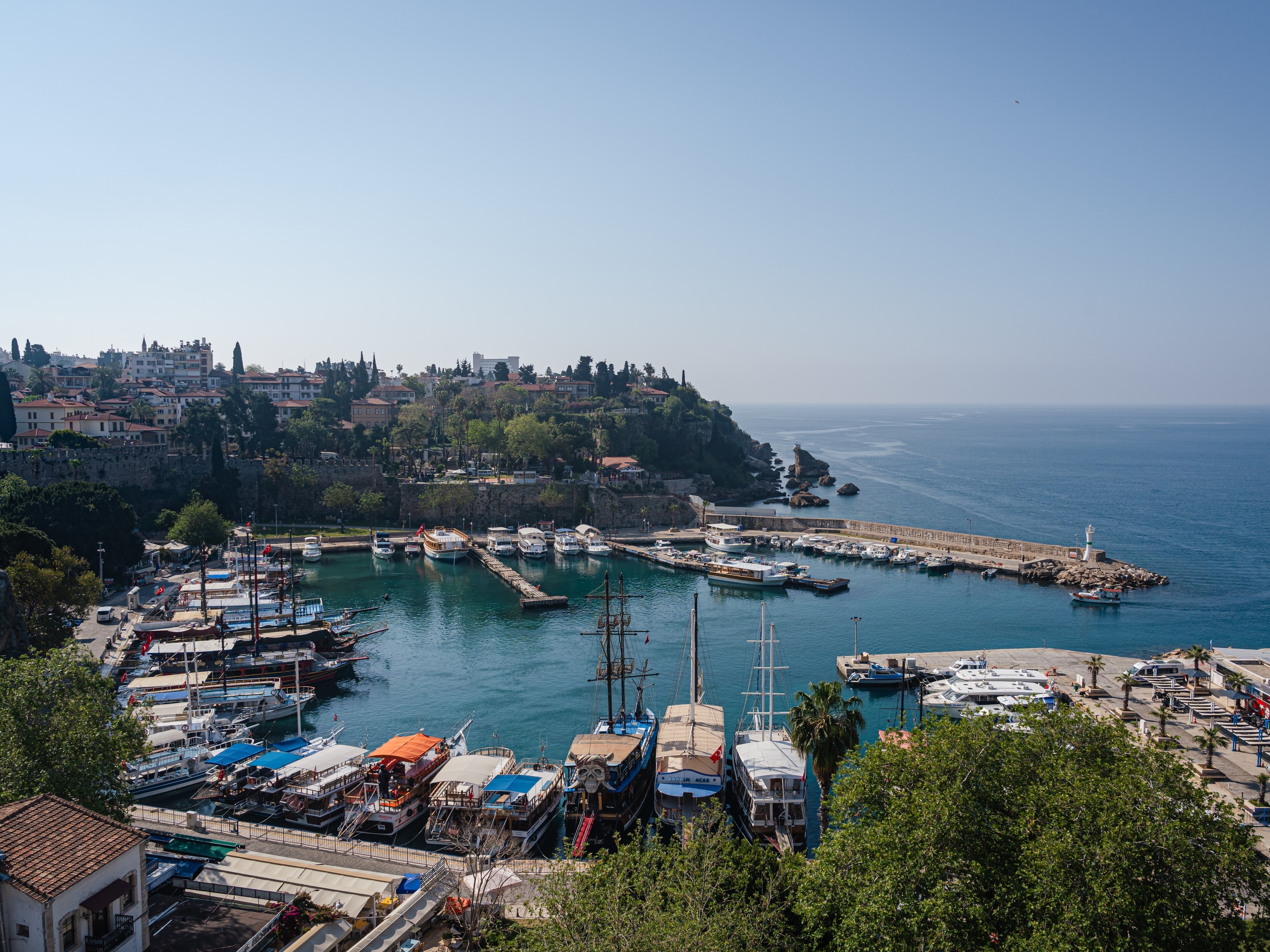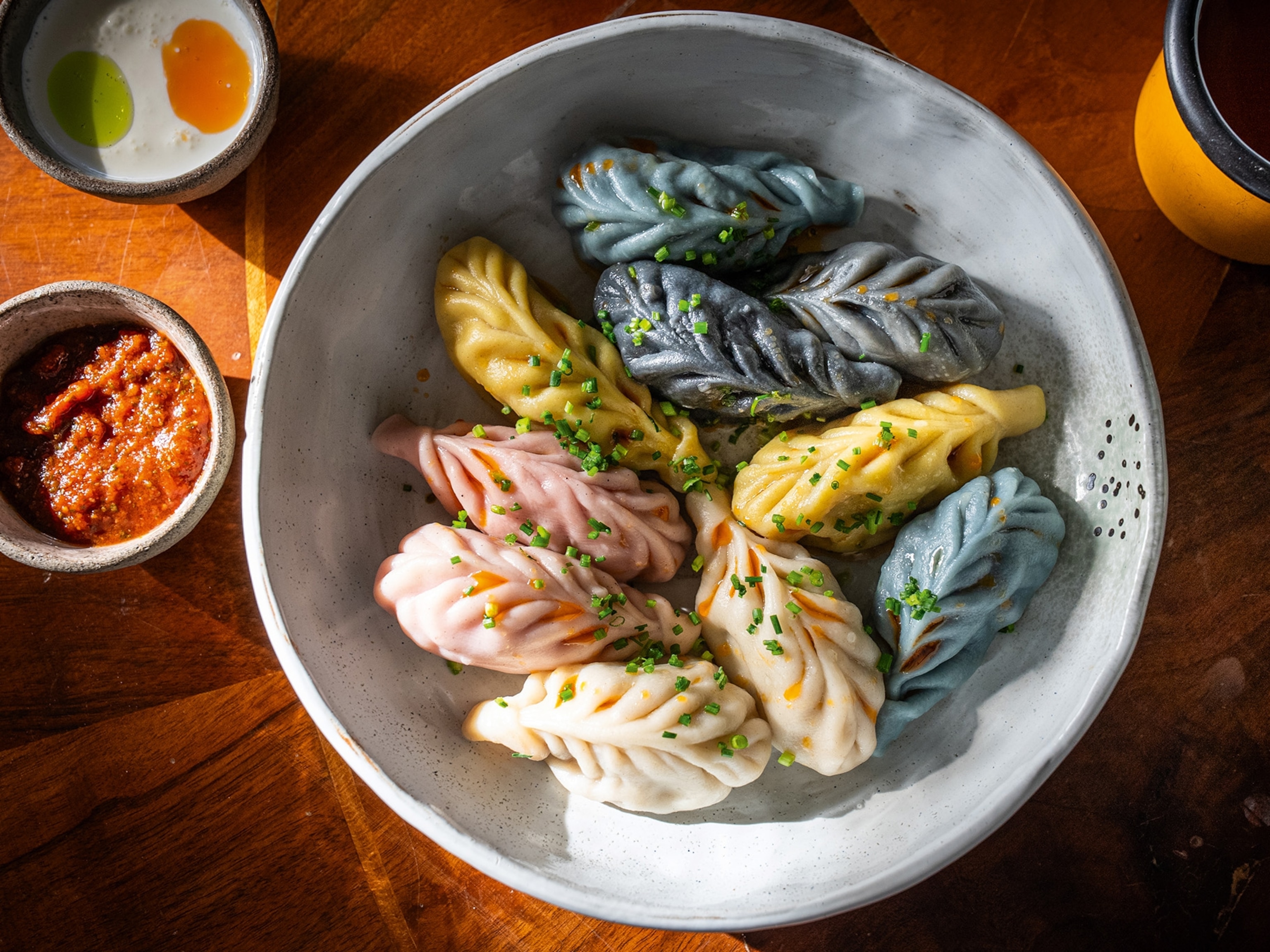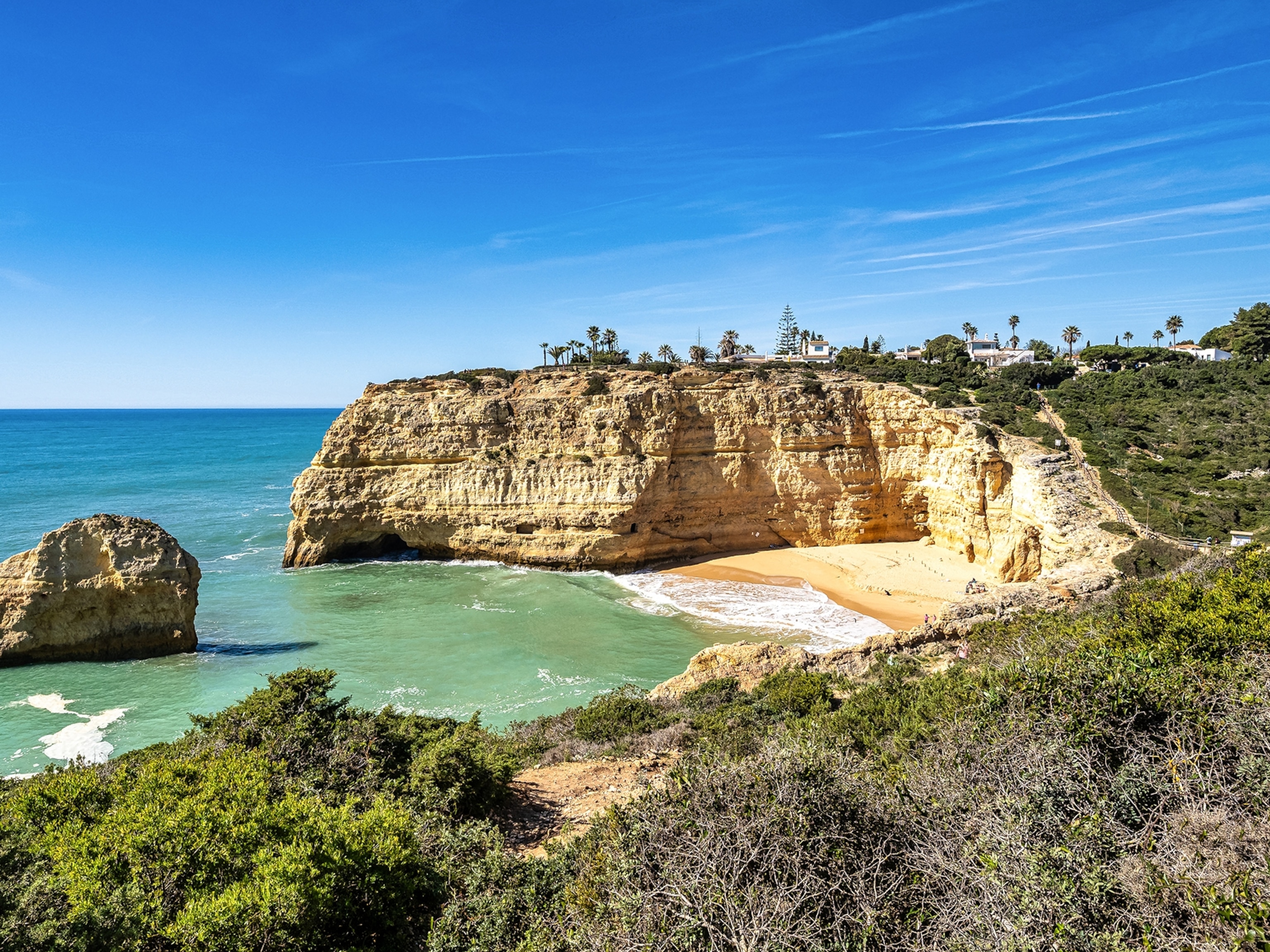
Thai green curry: revealing the spicy secrets of a culinary classic
Fresh, vibrant and spicy, green curry has become one of Thailand’s popular culinary exports — yet its history is much more recent than you might expect.
What are the main characteristics of a Thai green curry? Mildness? Sweetness? Bright green-ness? If you’ve eaten Thai food in Europe or the US, you’ll certainly have come across versions of the dish that tick all three boxes — but the real deal is entirely different.
Take the sweetness, for example. For this, one can partly blame a mistranslation. The Thai name for the dish, ‘kaeng khiao wan’, does mean ‘sweet green curry’, but in Thai ‘sweet green’ refers to the pale colour, rather than the flavour. This misunderstanding, combined with Thai chefs’ assumption that most ‘farangs’ (foreigners) can’t handle the level of heat they’d use at home, means most of us think of green curry as milder and slightly sweeter than its red cousin.
“Red and green curry pastes are pretty much exactly the same, but the key difference is that dried red chillies are used in a red, as opposed to fresh green bird’s eye chillies in a green curry,” explains Sebby Holmes, chef-patron of Farang, a Thai restaurant in north London. “Swapping the two ingredients shouldn’t make much difference at all to the spice levels; in fact, the use of bird’s eyes makes for a spicier curry.”
Sebby adds that, traditionally, the only sweetness comes from coconut milk; however, some cooks add palm sugar, which dulls the flavour of the chillies, “taking the profile of the curry further away from the original”. Happily, though, things seem to be changing as our capacity for heat increases.
“The Western palate has been generations behind when it comes to chillies. We’re attracted to sweetness, from coconut cream and palm sugar, which gives us a welcome breather from spice — at least, this is what we see at Farang. However, I’ve seen a massive shift in desired spice levels among us ‘farangs’ in recent years,” he says.
Somewhere along the line, the notion also crept in that green curry gets its colour from coriander leaves. It’s unclear how this happened, but a quick internet search suggests up to half of English-language recipes include them — especially those by non-Thai celebrity chefs. In Thailand, coriander leaves are never used in green curry (although coriander root or, at a push, a few finely chopped stalks should feature in the paste). The leaves don’t just taste wrong, they also float in the broth and oxidise to an unpleasant brown within hours of being ground to a paste. Nevertheless, you’ll find coriander leaves as a main ingredient in many curry pastes in British supermarkets, along with added chlorophyll for a brighter hue.
Almost all chefs and food writers agree it’s better to make the paste from scratch, rather than buying it in a jar. Andy Oliver is head chef at London’s Som Saa and previously trained in Bangkok. “The ingredients are fundamentally fresh ingredients,” he says. “A massaman curry might have a longer shelf life, because it has more dried ingredients, but not green. Something sitting on a shelf with a two-year shelf life is a serious compromise.”
A fresh paste usually contains white pepper, ground cumin, ground coriander, fresh galangal, lemongrass, shallots, green chillies, coriander root, garlic and kapi (Thai shrimp paste). Ideally, it also contains kaffir lime zest, which has a distinctive flavour, but as kaffir limes can be hard to find, many people make do with adding chopped lime leaves to the paste, instead of — or as well as — adding whole leaves to the broth.

There are two ways to prepare the curry. The most common is to fry the paste gently in a little coconut cream, until it looks oily and as though it’s curdled and split; the sauce is later loosened with coconut milk. Alternatively, the paste can be boiled in water, with coconut cream added later. Either way, green dots of oil should decorate the surface of the broth, as this shows the paste has released all its flavour.
You can also adapt the paste to suit whatever you’re cooking in it. “With fish, you might choose to add a root called ‘Chinese keys’, or ‘finger root’, which has an earthy taste. You can pound it into the paste and have some in the curry as well,” Andy says. Furthermore, meats with a more robust flavour than chicken require a more powerfully spiced curry. Beef or goat, for example, can take more dried spices, as well nutmeg or mace, according to Andy.
Once any protein and veg have been added, the paste is seasoned with fish sauce and garnished with Thai basil and more chilli. The end result should be spicy-salty, with a lick of sweetness from the coconut. “Particular vegetables are associated with green curry in Thailand,” says Andy. “There’s a bias towards green and white vegetables, like heart of coconut palm, which is white, or pea or Thai apple aubergines.”
Home and away
For a dish that’s been thoroughly mangled, green curry has a surprisingly short history. Hanuman Aspler is a Thai food history expert and the founder of Thaifoodmaster, a website and cookery school in Chiang Mai, Northern Thailand, which attracts both amateurs and professional chefs from all over the world — including Sebby Holmes’ sous chef. He points out that the first Thai cookbooks were written in the early 1890s and mention other curries, but not this one, so it’s likely to have first emerged in the following decades. “It’s true that there isn’t much information about green curry,” Hanuman says. “The first time we come across it is in a 1926 book by an author with the pen name L Phaehtraarat.” Some Thai curries have a far longer story — massaman curry, for example, is thought to be over 300 years old. Hanuman’s speculative theory is that “Indian culinary codes influenced the aristocracy to try making curry with green chillies,” and points out that because it’s so similar to what we call red curry, it does have older origins.
Chillies first appeared in Thailand in the late 1600s, arriving from South America — via Europe and Africa — with Portuguese traders. The use of white pepper, dried ground cumin and ground coriander in both red and green curries (as well as many other Thai dishes) hints at an Indian influence, too.
Other neighbouring countries also contributed to Thai cuisine; China, for instance, is thought to have introduced the noodles used in pad Thai, while coconut only began appearing in savoury dishes after contact with Persian, Indian and Malay cooks. For centuries, this indigenous ingredient was used only in desserts, while curries were made with water.
As for why green curry emerged when it did, Hanuman suggests it’s down to more than simple chance. The late 1920s and early 1930s were a time of political and social upheaval, when Thailand moved from absolute monarchy to democracy. “It was a time to think outside the box,” he says. “And green does suggest regeneration and new growth.”
Beyond its homeland, Thai cuisine has boomed in recent decades. The UK’s first Thai restaurant, Bangkok on Bute Street, opened in Kensington, London, in 1967; today, the nation is home to approximately 2,000 Thai-owned restaurants. In June 2019, Pot Noodle launched a green curry variant — a sure sign Thai food is now a staple on these shores. Yet, how did it become so popular? The answer perhaps lies in a very clever piece of soft power: since the 1990s, at least, Thailand’s government has been supporting overseas Thai restaurant businesses by training chefs and restaurant owners, and helping to open up foreign markets for products such as fish sauce. The model has been so successful that other countries, including South Korea, Peru and Malaysia, have adopted it, with similar success. If that means more — and better — green curry for the rest of us, that’s surely no bad thing.
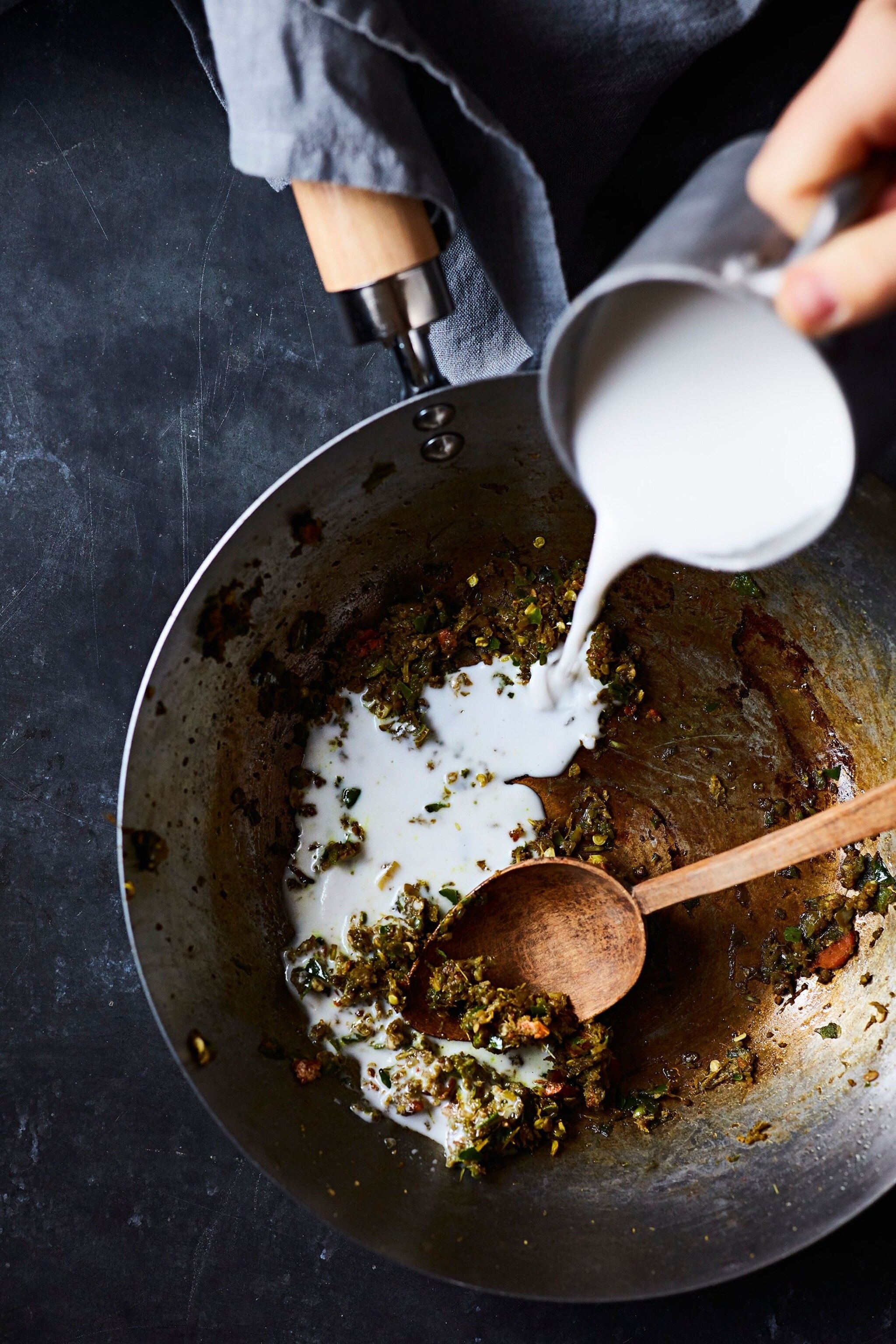
Timeline
1926 First known mention of Thai green curry — in a Thai cookbook.
1967 Bangkok on Bute Street, the UK’s first Thai restaurant, opens in London’s South Kensington
1988 The Churchill Arms, in London’s Notting Hill, becomes the first UK pub to serve Thai food. It proves so successful that its owner, Fullers Brewery, launches nine more pubs with Thai menus shortly afterwards.
2001 Chef David Thompson opens Nahm, a Thai restaurant at London hotel The Halkin. In 2002, it wins a Michelin star, the first Thai restaurant ever to gain the accolade.
2006 The Thai government launches the Thai Select scheme, certifying quality Thai restaurants around
the world.
2009 Thai green curry forms part of the new ration packs given to British troops serving in Afghanistan.
2015 Thailand’s Office of the National Culture Commission conducts an international survey to find out which Thai dishes are most liked by non-Thais: green chicken curry was number two.
2017 The Michelin Guide covers Bangkok for the first time; in 2019, Phuket and Phang Nga are added; the 2020 edition will see Chiang Mai included for the first time.
The images in this piece were styled by Rosie Ramsden
Published in issue 8 of National Geographic Traveller Food
Follow us on social media
Facebook | Twitter | Instagram
